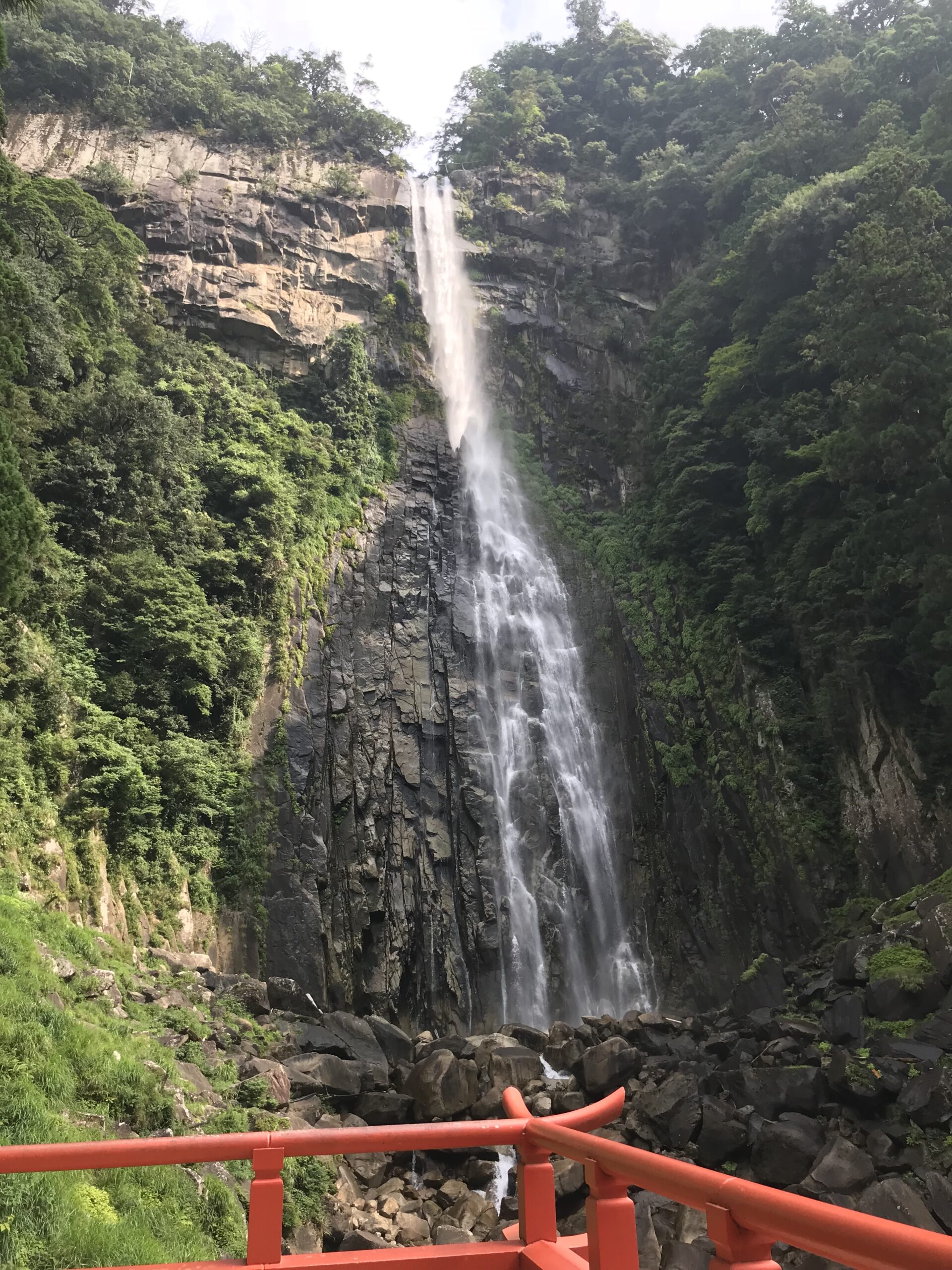It is understood that there was originally no practice of idol worship in Buddhism while people in ancient India worshipped a stupa together with an illustrated biography of Shakyamuni Buddha using just various symbols (not any images), etc.
As I mentioned in the post titled Optional Tour to the Musashi Imperial Graveyard on the way back from Mt. Takao, a stupa refers to a mound-like or hemispherical structure originally built in the ancient India to enshrine the ashes of Shakyamuni Buddha.

Author: Bernard Gagnon
https://upload.wikimedia.org/wikipedia/commons/7/7f/Stupa_1%2C_Sanchi_02.jpg
It is understood, however, that after the expedition of Alexander the Great, the King of Macedonia into Asia in the 4th century BC, people in the Gandhara region, the present-day Peshawar in Pakistan started creating Buddhist statues under the influence of Greek sculpture and making them the objects of worship.
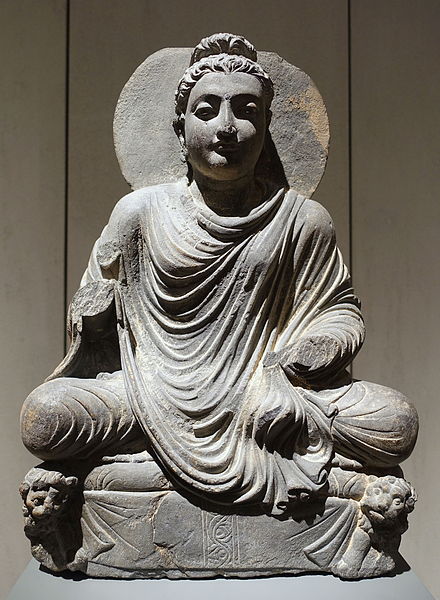
Likewise, it is understood that in Japan we originally had no concept of idol worship in Shinto while since the ancient times there has been the practice of worshipping a divine object (go-shintai in Japanese, literally, the body of a god) which the spirit of a Shinto deity is believed to reside in or to be summoned to.
Most of them used to be natural objects based on the animistic nature of Shinto, especially, before the introduction of Buddhism.
Having said that, when Buddhism was introduced into Japan in the early 6th century, the concept of idol worship had already become common in Buddhism in the form of worship of Buddhist statues.
Accordingly, the idol worship trend (including the worship of Buddhist statues and god statues) in Japan probably comes from the fusion of Shinto and Buddhism.
In Mt. Takao, you should be able to see both an example of the Japanese traditional practice of worshipping natural objects and an example of the idol worship.
In this context, we could say that the some 500 year old huge cedar tree on Trail 1 of Mt. Takao called Tako Sugi, literally, Octopus Cedar Tree, the nickname of which is derived from the shape of its roots, is one of the divine objects of worship in Shinto.
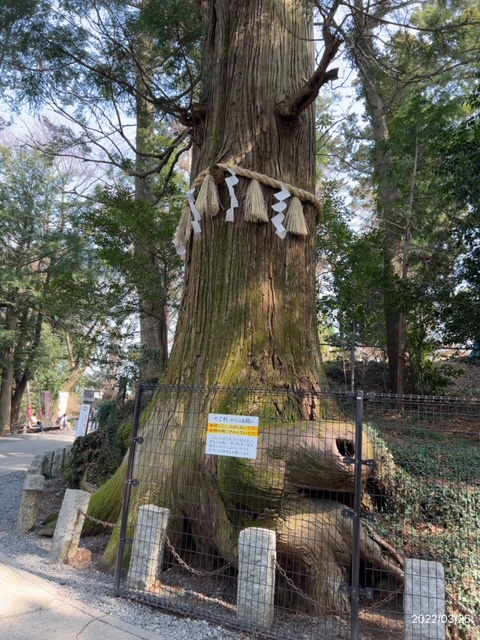
That is, a twisted rice-straw rope called Shimenawa surrounding the Octopus Cedar Tree indicates that it is one of the divine objects of worship in Shinto.
As Shinto is a polytheistic religion unlike Christianity or Islam, we have a myriad of Shinto gods.
The idea of a myriad of Shinto gods comes from the traditional worldview of the Japanese people that a god resides in all things in nature including (a) natural objects and (b) natural phenomena.
Among natural objects, a sacred mountain such as Mt. Fuji, a huge rock, a huge stone, an awe-inspiring waterfall such as Nachi Falls (as shown at the top of this post), a huge old tree such as Octopus Cedar Tree, an out-of-the way animal such as a white snake and a white deer that are rarely found are generally worshiped as a divine object of worship in which one of the Shinto deities is considered to reside.

It is also understood that people in ancient and medieval Japan believed in the existence of a god behind various natural phenomena including sunrise, tidal flows, waxing and waning of the moon, especially, natural disasters which might be caused by lightening, flooding, strong winds, earthquakes, eruption of volcanos, etc.
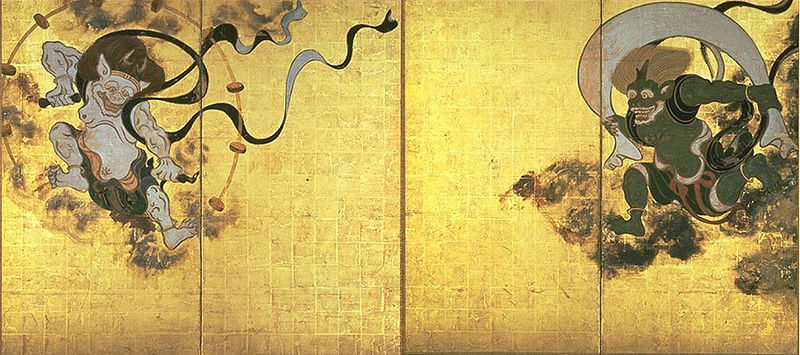
In relation to some of the important Shinto deities, the respective divine objects of worship in which the spirits of the relevant deities are supposed to reside have come to be enshrined at Shinto shrines built under the influence of Buddhist architecture.
A divine object of worship enshrined at a Shinto shrine is typically a smaller one such as a divine mirror, a sacred sword, a precious stone, etc. some of which may be man-made objects.

Further, deified spirits of important historical figures such as Emperor Meiji (Meiji Tenno) during whose reign Japan was transformed from a feudal country into one of the powers of the modern world, Emperor Kanmu (Kanmu Tenno) who is known as the founder of Kyoto, the capital of 1,100 years and Tokugawa Ieyasu, the first shogun of the Tokugawa shogunate have also come to be enshrined and worshipped at Shinto shrines.
As to Tokugawa Ieyasu, whose defied spirit is enshrined at Nikko Toshogu Shrine, the divine object of worship is said to be the life-sized statue of Tokugawa Ieyasu wearing a traditional formal court dress which, we could say, is a product of the fusion of Shinto and Buddhism.
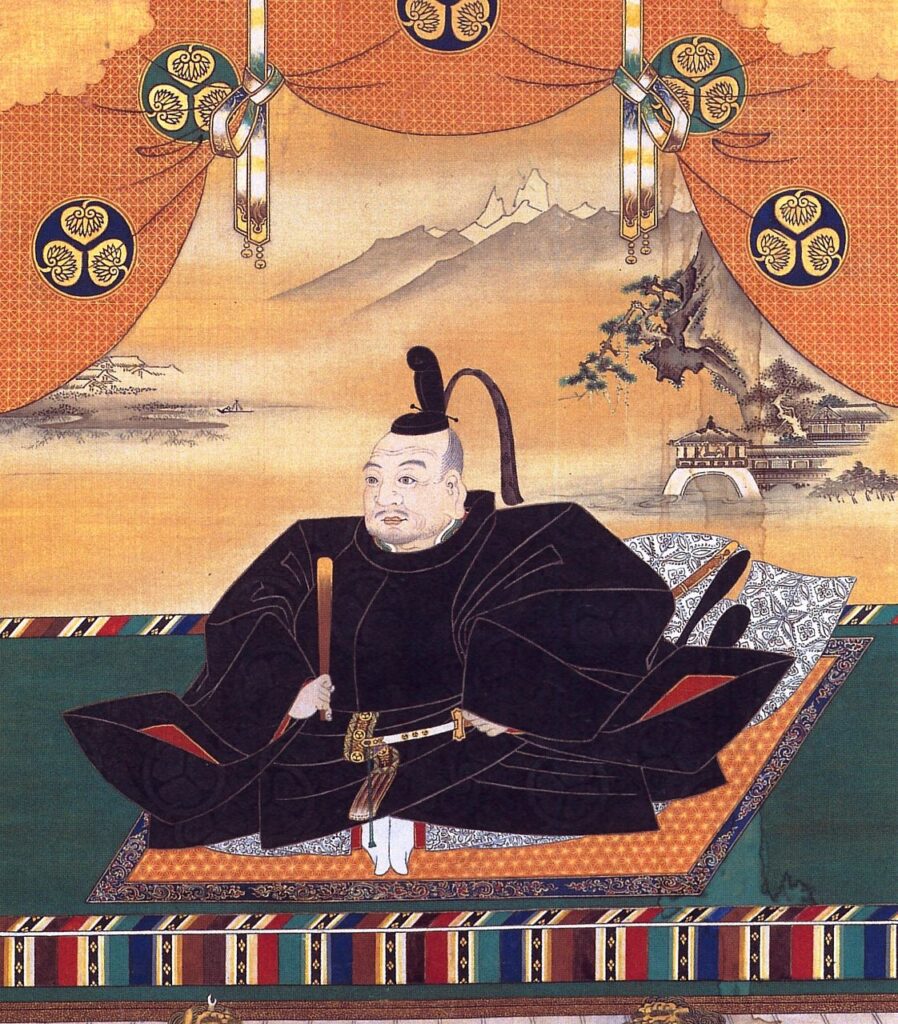
Having said that, I have heard nothing about what is the divine object of worship for the other two that are supposed to be kept in the main hall of the relevant shrines (i.e. Meiji Jingu Shrine which is dedicated to Emperor Meiji (Meiji Tenno) and Heian Jingu Shrine which is dedicated to Emperor Kanmu (Kanmu Tenno)).
One of the most eccentric examples of a divine object of worship may be a Grand Champion Sumo Wrestler (Yokozuna in Japanese, which could literally mean a champion rope belt).
That is, he is considered to function as a divine object of worship to which the spirit of sumo deity is summoned when he performs a ring-entering ceremony wearing a Shimenawa called Yokozuna (a champion rope belt).

The sumo deity refers to the legendary sumo wrestler, Nomi no Sukune who is said to have been the winner in the sumo competition in the presence of the 11th Emperor Suinin (Suinin Tenno) (arguably, the very first sumo competition in imperial presence) by defeating Taima no Kehaya who is said to have boasted that there was nobody he could not defeat.
It is understood that the origin of sumo wrestling is the Shinto ritual conducted in the imperial court called Sumai no Sechie to pray for good harvest that is said to have been held from the Nara period to the Heian period (from the early 8th century to the mid-12th century).
A hanging roof above the sumo ring is classified as shinmei-zukuri style typical of the main hall of Ise Jingu Shrine, the holiest of Shinto shrines, dedicated to Amaterasu, the ancestral goddess of the Japanese imperial family.
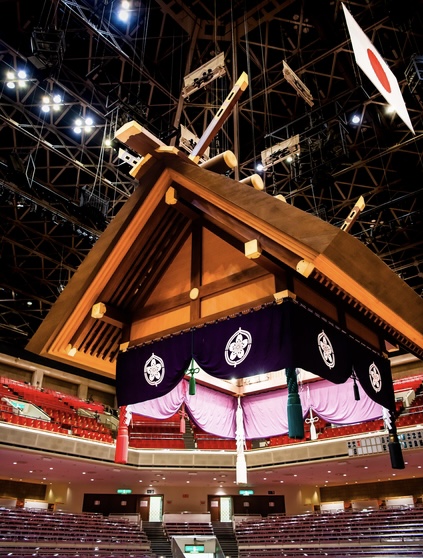
The four tassels with different colors above the sumo ring were relics of four pillars wrapped with cloths of four colors that were originally to hold up the roof.
In fact, the four tassels represent the four Taoist gods with Suzaku (Red Phoenix) protecting the south, Genbu (Black Turtle-Snake) protecting the north, Byakko (White Tiger) protecting the west, and Seiryu (Blue Dragon) protecting the east, respectively.
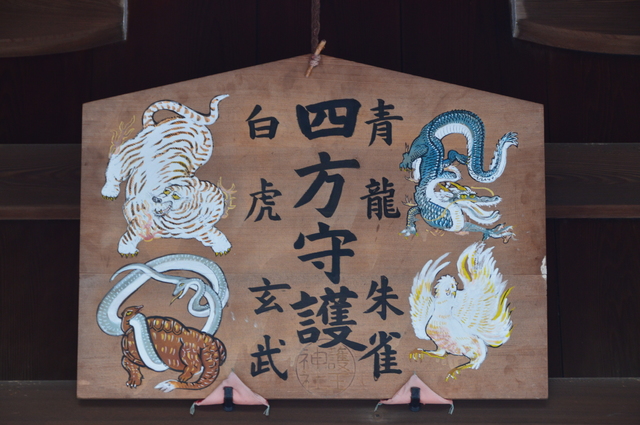
The four pillars wrapped with cloths of four colors were replaced with tassels of four colors in 1953 when Japan Broadcasting Corporation (NHK) began to broadcast the Grand Sumo Tournaments on TV because a blind area on the TV screen could be generated by the pillars.
The bottom line is that the sumo ring is effectively one of the Shinto shrines subject to the influence of Taoism, the ancient Chinese religious philosophy.
I’m running off the track again, I’m afraid.
To get back to the original topic, in Mt. Takao, one of the most important divine objects of worship (or the principal object of worship) should be the statue of Izuna Daigongen who is the religious ruler of Mt. Takao, which, we could say, is a product of the fusion of Buddhism and Shinto.
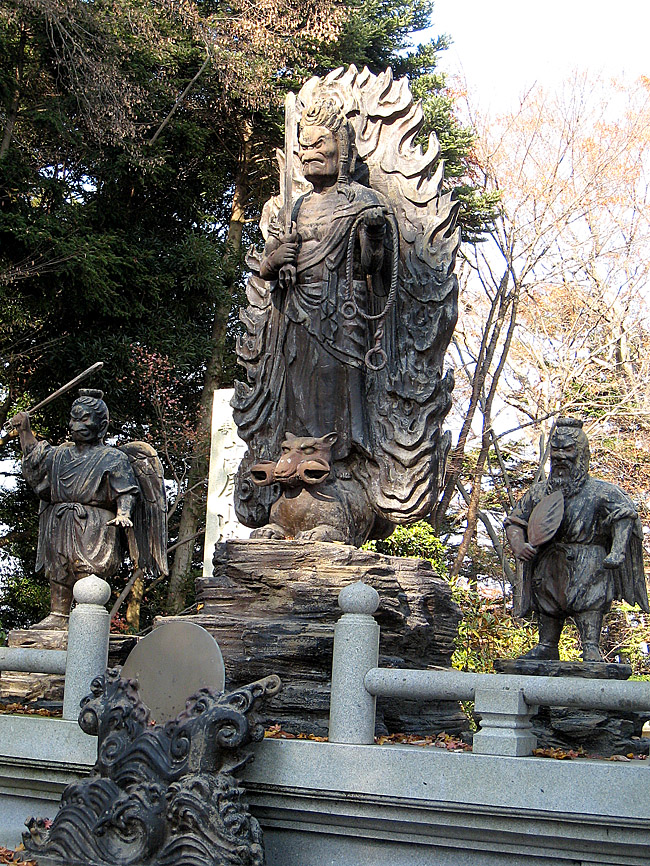
Having said that, I would say that one of the most “popular” divine objects of worship in Mt. Takao should be Octopus Cedar Tree seeing that a lot of visitors to Mt. Takao used to touch it for divine blessings and some of them even went so far as to climb and stand on the roots of Octopus Cedar Tree to take pictures or just for fun.
But such behaviors are now prohibited because they could damage this very old tree.
As you see, there is a fence made of wire netting before Octopus Cedar Tree with its notice saying “Please refrain from climbing or standing on my roots (arms or tentacles?) and touching my body (trunk and roots)! I’m now over 450 years old (probably, some 500 years old as of today). I’m very afraid of getting sick, especially, from germs (and/or viruses) that might be included in your muddy shoes and otherwise. Your kind cooperation would be greatly appreciated.”
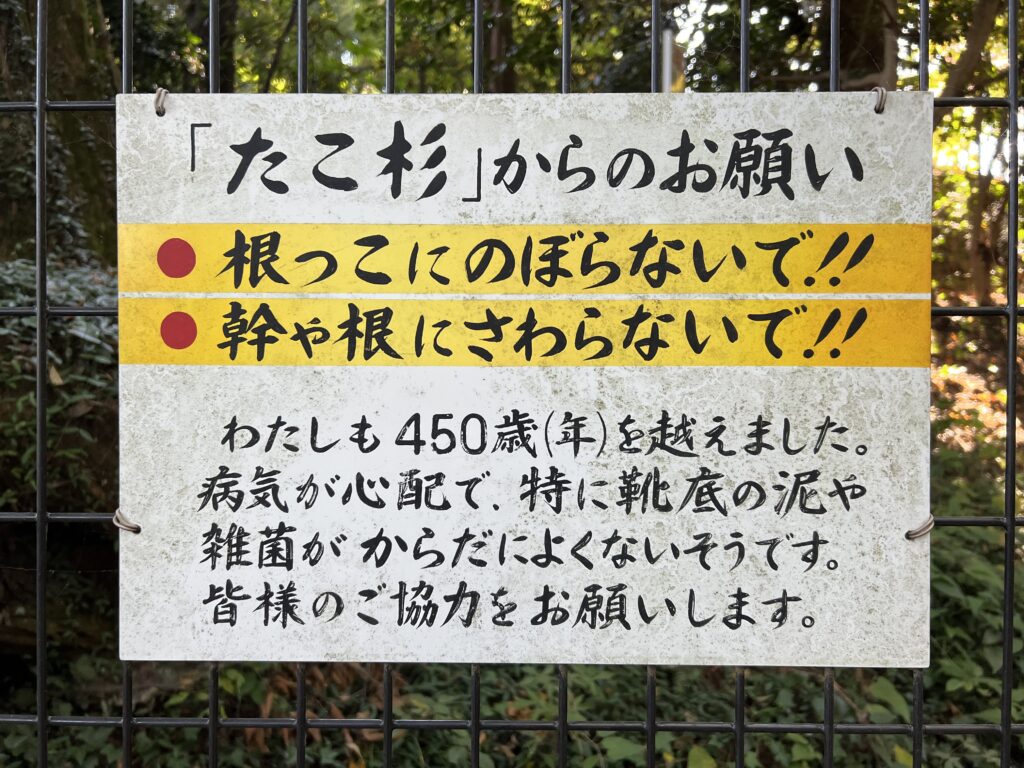
So, instead, the statue of octopus called Kaiun Hipparidako (literally, lucky octopus dried on skewers which means a lucky thing in great demand) was recently set up next to the Octopus Cedar Tree by Yakuo-in Temple.
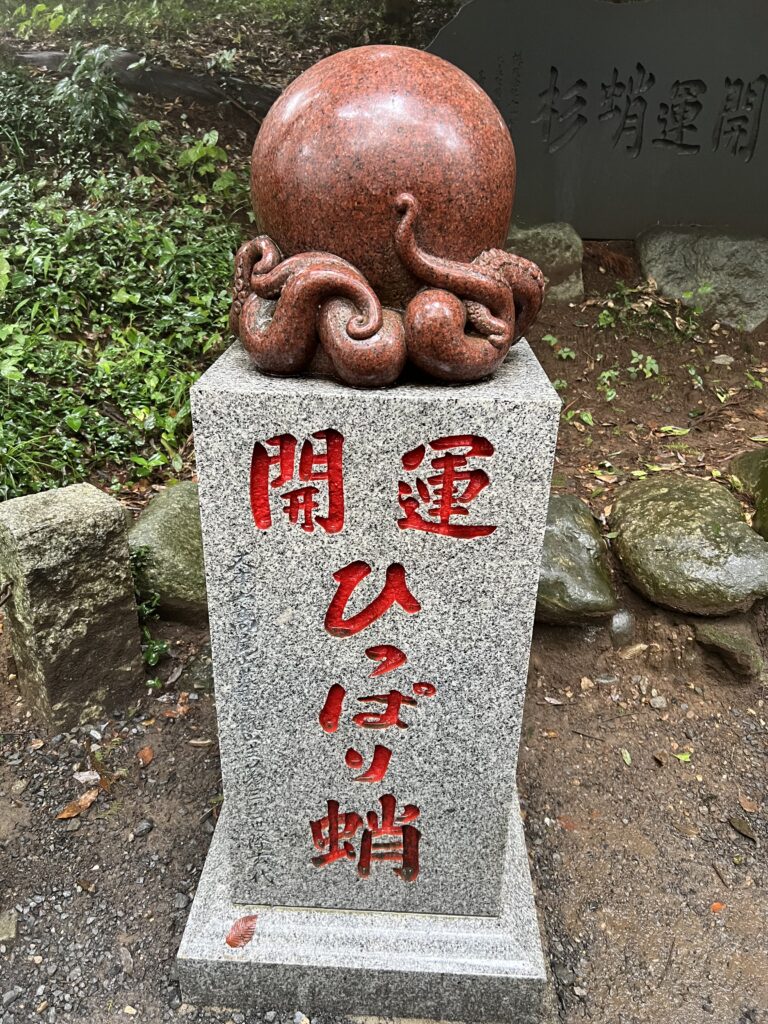
You can freely touch the statue for a good fortune.
As you see, Yakuo-in Temple takes a customer oriented approach by offering another amusing alternative to satisfy the need of their main customers visiting Mt. Takao who may be full of worldly desires and behave profanely vis‐à‐vis one of the divine objects of worship without any evil intentions.
